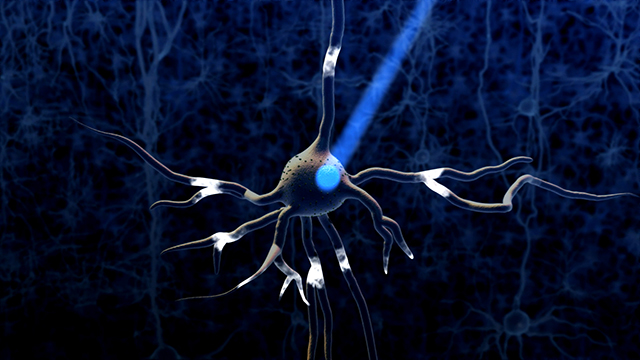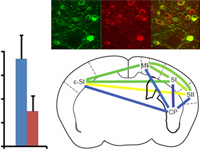
Over the last decade, there has been much excitement about the use of optogenetic tools to test whether specific cells, regions, and projection pathways are necessary or sufficient for initiating, sustaining, or altering behavior. However, the use of such tools can result in side effects that can complicate experimental design or interpretation. The presence of optogenetic proteins in cells, the effects of heat and light, and the activity of specific ions conducted by optogenetic proteins can result in cellular side effects. At the network level, activation or silencing of defined neural populations can alter the physiology of local or distant circuits, sometimes in undesired ways. We discuss how, in order to design interpretable behavioral experiments using optogenetics, one can understand, and control for, these potential confounds.
